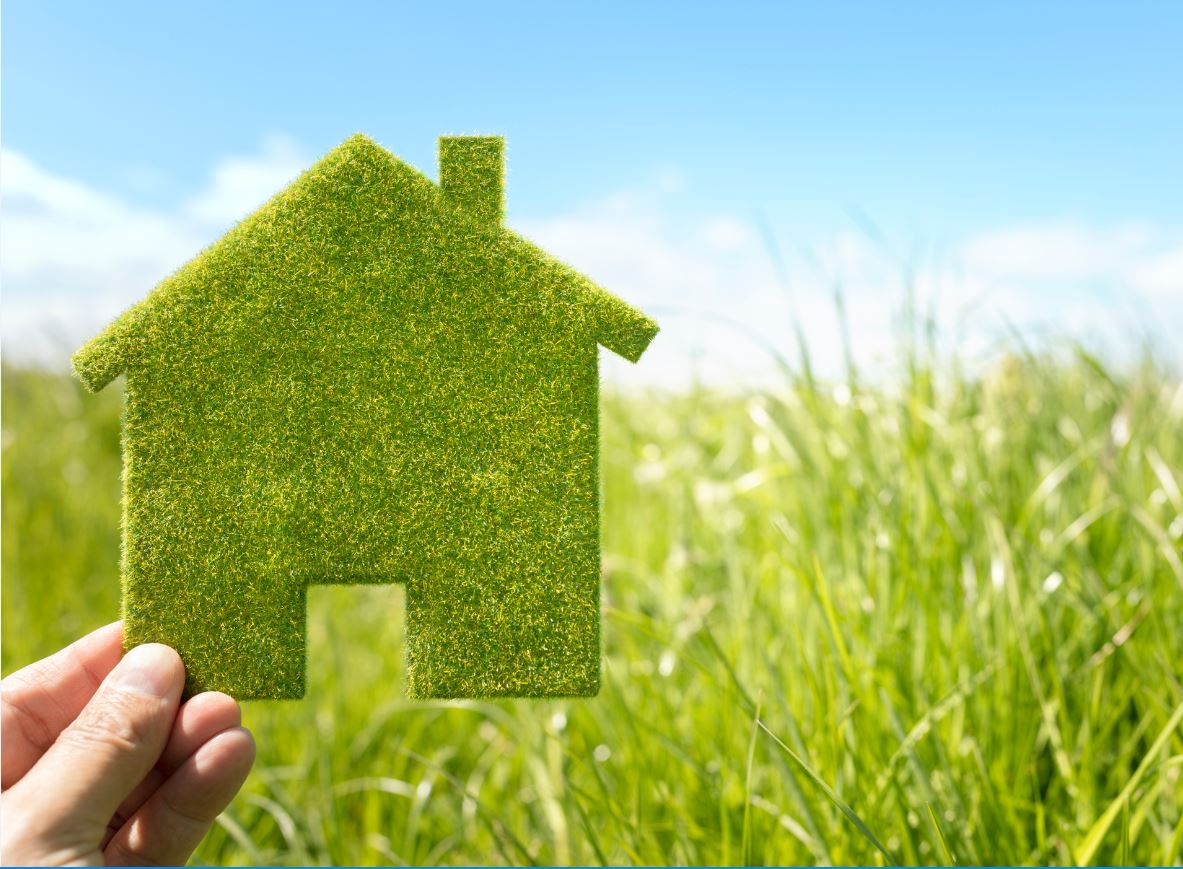Building blocks for ‘green’ construction
26. 5. 2020 | Flinders University | www.flinders.edu.au
Revolutionary ‘green’ types of bricks and construction materials could be made from recycled PVC, waste plant fibres or sand with the help of a remarkable new kind of rubber polymer discovered by Australian scientists. The rubber polymer, itself made from sulfur and canola oil, can be compressed and heated with fillers to create construction materials of the future.
“This method could produce materials that may one day replace non-recyclable construction materials, bricks and even concrete replacement,” says organic chemistry researcher Flinders University Associate Professor Justin Chalker. The powdered rubber can potentially be used as tubing, rubber coatings or bumpers, or compressed, heated then mixed with other fillers to form entirely new composites, including more sustainable building blocks, concrete replacement or insulation.

Cement is a finite resource and heavily polluting in its production, with concrete production estimated to contribute more than 8% of global greenhouse gases emissions, and the construction industry worldwide accounting for about 18%. “This new recycling method and new composites are an important step forward in making sustainable construction materials, and the rubber material can be repeatedly ground up and recycled,” says lead author Flinders PhD Nic Lundquist. “The rubber particles also can be first used to purify water and then repurposed into a rubber mat or tubing.”
Read more at Flinders University
Image Credit: iStock
-jk-




